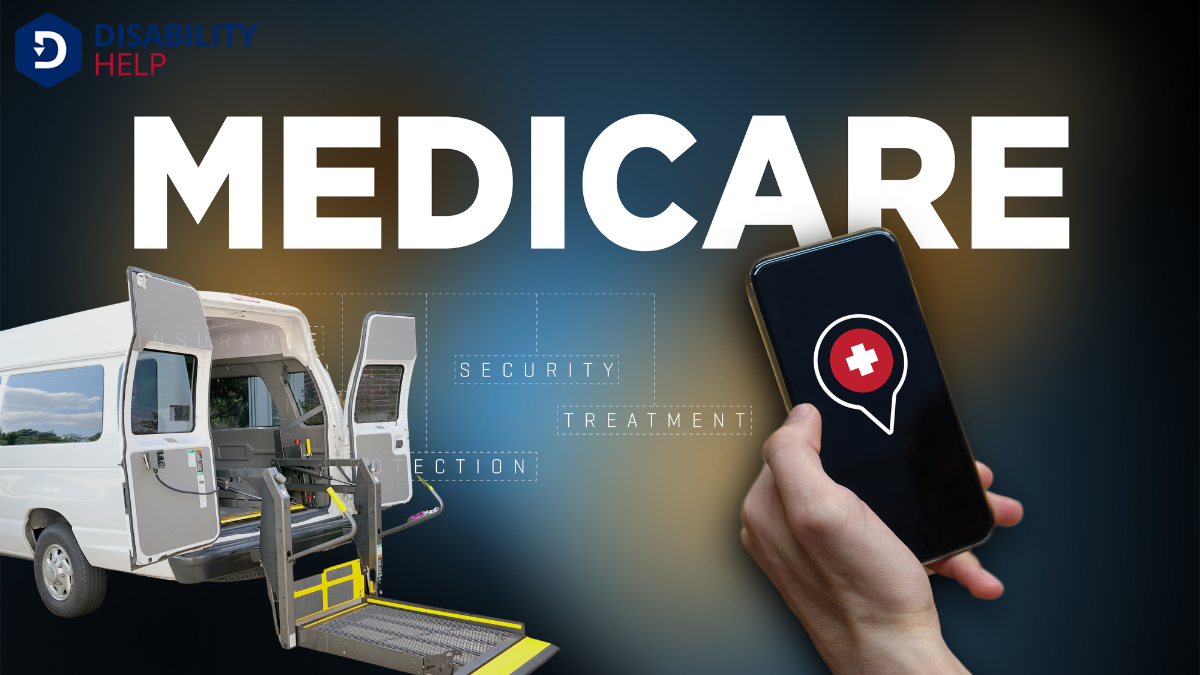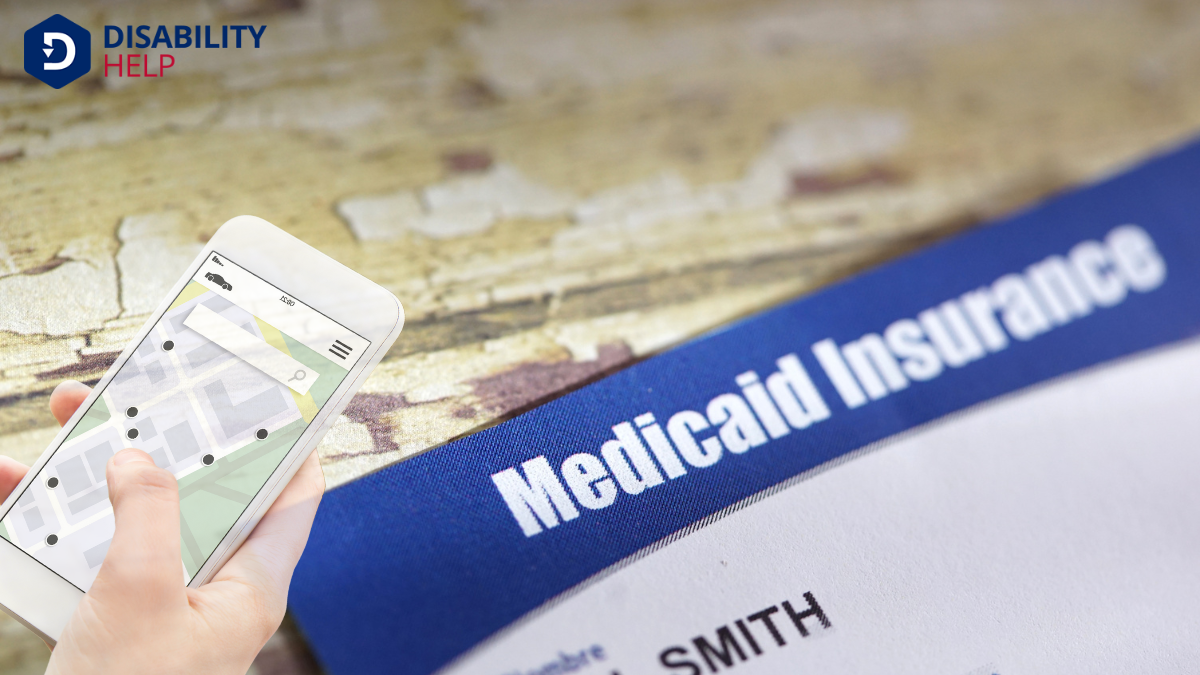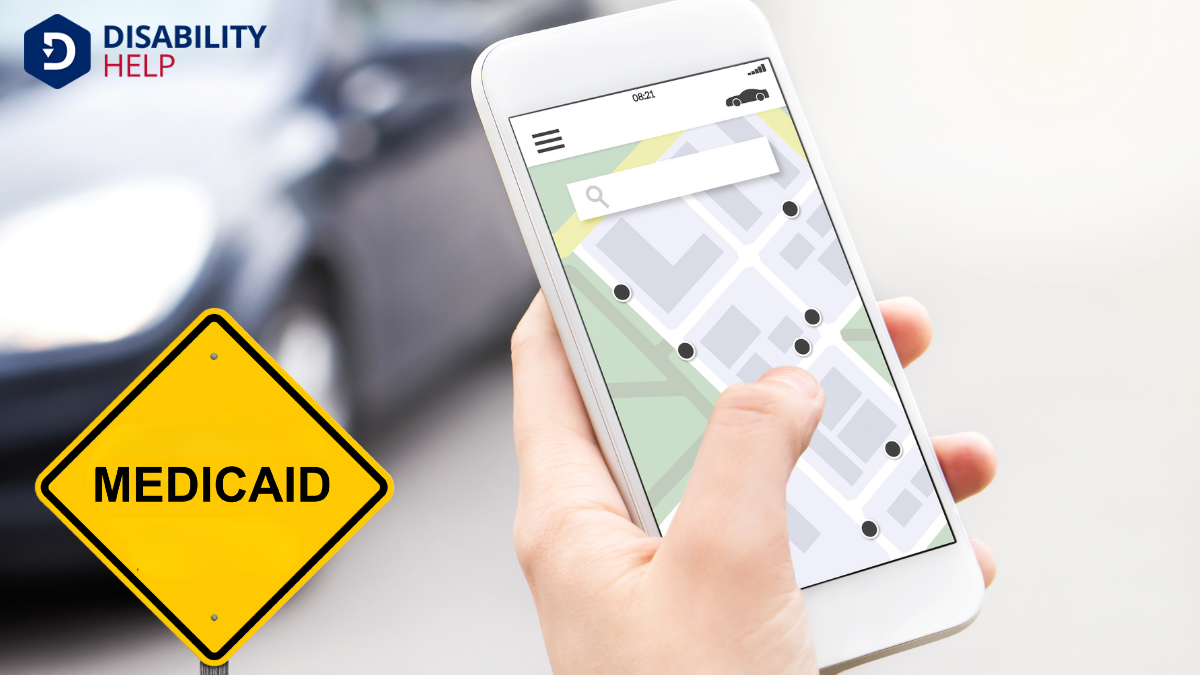When we think about healthcare, transportation might not be the first thing that comes to mind, but it plays a vital role in accessing medical services. Many of us rely on MedicaidA U.S. government program that provides health coverage to eligible low-income individuals, includin... for support, and the question arises: does it cover ride-sharing services like Uber or Lyft for non-emergency medical transport? The answer isn't straightforward, as coverage varies by state and plan. Let's explore how these modern solutions fit into the Medicaid framework.
Key Takeaways
- Medicaid may cover Uber or Lyft for non-emergency medical transport, depending on the state's Medicaid program and specific benefits.
- Ride-sharing services offer flexible transportation options, potentially reducing wait times compared to traditional NEMT services.
- Availability of Uber or Lyft through Medicaid can vary by region and is not universally accessible.
- Medicaid beneficiaries should verify NEMT benefits and coordinate with transportation providers to access ride-sharing services.
- Safety and accessibilityThe design of products, devices, services, or environments to be usable by people with disabilities.... standards for ride-sharing drivers need attention within Medicaid's transport framework.
Understanding Non-Emergency Medical Transport
When it comes to non-emergency medical transport (NEMT), understanding its purpose and function is vital for those of us who depend on reliable transportation for healthcare appointments. NEMT guarantees we can access medical care when we don't have the means or ability to drive ourselves.
It's not just about getting from point A to point B; it's about maintaining our health and independence.
We should know that NEMT services are designed to assist patients who face barriers like lack of a vehicle, physical limitations, or financial constraints.
This service plays a significant role in guaranteeing continuity of care, reducing missed appointments, and improving overall health outcomes.
The Role of Medicaid in Healthcare Transportation

How does Medicaid step in to support our healthcare transportation needs?
Medicaid plays an essential role by ensuring we can access medical appointments without the burden of transportation barriers. For those of us eligible, Medicaid provides Non-Emergency Medical Transportation (NEMT) services, covering the costs of getting to and from healthcare facilities. This service is critical for individuals who might otherwise miss important medical care due to a lack of transportation options.
Medicaid's NEMT coverage has traditionally included various transportation methods, such as taxis, vans, and public transit.
Traditional NEMT Services and Limitations
While Medicaid's NEMT services are invaluable, they come with their own set of challenges. It's recognized that for many, these services are essential for accessing healthcare. However, traditional NEMT can sometimes be inflexible. Scheduled rides need to be booked well in advance, making last-minute appointments tricky.
There's also the issue of limited availability in rural areas, where transportation options can be scarce. Another common concern is that shared rides might lead to extended travel times, which can be inconvenient for patients with tight schedules.
Furthermore, coordination between Medicaid, transportation providers, and healthcare facilities can get complicated, leading to delays or missed appointments. It's acknowledged that these limitations can be frustrating, but they highlight the need for evolving solutions in healthcare transportation.
The Emergence of Ride-Sharing in Healthcare
We've seen how innovative transport solutions like Uber and Lyft are transforming healthcare accessibility.
By integrating ride-sharing into Medicaid services, we're not only reducing wait times but also enhancing the overall patient experience.
Let's explore how these changes are making healthcare more reachable for everyone.
Innovative Transport Solutions
As healthcare continues to evolve, integrating technology and innovative solutions becomes essential for improving patient care and accessibility.
We've seen ride-sharing platforms like Uber and Lyft stepping up to the challenge by offering non-emergency medical transport (NEMT) options.
These services provide a flexible, reliable option for patients who need transportation to appointments but don't require an ambulance.
Healthcare Accessibility Enhancement
Although the healthcare landscape faces numerous challenges, the emergence of ride-sharing in healthcare is a game-changer for enhancing accessibility.
By leveraging services like Uber and Lyft, we can bridge the gap between patients and their needed medical appointments. Many of us know that transportation can be a significant barrier, especially for those in underserved areas or with mobility issues.
Ride-sharing solutions offer flexible, timely, and reliable transport options, ensuring we don't miss vital check-ups or treatments.
With the integration of such services into Medicaid's non-emergency medical transport (NEMT) programs, accessibility becomes less of a hurdle.
Our collective goal is to make healthcare available to all, and embracing these modern solutions is an essential step forward in removing obstacles on the path to health.
Evaluating Medicaid Coverage for Ride-Sharing Services

When examining Medicaid coverage for ride-sharing services like Uber and Lyft, it's crucial to evaluate both the potential benefits and the inherent challenges.
Ride-sharing could increase flexibility and convenience, providing timely access to non-emergency medical appointments. However, there are challenges, such as coordinating these services within Medicaid's framework and ensuring drivers meet safety and accessibility standards.
We must consider how these services could integrate with existing Non-Emergency Medical Transportation (NEMT) options.
While ride-sharing offers a modern solution, Medicaid's policies need to adaptA grassroots disability rights organization in the U.S. that focuses on promoting community-based se... to accommodate and regulate these new providers effectively.
Understanding ride-sharing's role within Medicaid requires balancing innovation with rigorous oversight, ensuring that beneficiaries receive reliable and safe transportation to their healthcare appointments.
Together, we can navigate these complexities for improved access.
State-Specific Policies on NEMT and Ride-Sharing
While states have varying approaches to incorporating ride-sharing into their Non-Emergency Medical Transportation (NEMT) systems, understanding these policies is vital for both beneficiaries and service providers.
Each state has the autonomy to determine if and how services like Uber and Lyft integrate with Medicaid. Some states actively partner with these companies, while others rely on traditional NEMT providers. Policies can differ widely, from requiring specific driver training to stipulating vehicle standards.
We need to familiarize ourselves with our state's regulations to navigate the system efficiently. This means keeping informed about any updates or changes, as these can affect accessibility and coverage.
Benefits and Challenges of Using Uber and Lyft for NEMT
When considering Uber and Lyft for non-emergency medical transportation, we notice both potential benefits and challenges.
These services can offer cost-effective and efficient solutions, but we must also address concerns about accessibility and safety for all Medicaid recipients.
Let's explore how these factors impact the practicality of using ride-sharing for medical appointments.
Cost-Effectiveness and Efficiency
Considering the integration of Uber and Lyft into the Non-Emergency Medical Transportation (NEMT) system, the potential for cost-effectiveness and improved efficiency becomes evident.
We can reduce the administrative overhead typically associated with traditional NEMT services. These ride-sharing platforms offer streamlined booking through apps, cutting down wait times and enhancing route efficiency. Riders benefit from quicker pickups and reduced costs, as these services often operate at a lower price point than traditional transport options.
However, we must also consider potential challenges. While cost savings are appealing, the variability in ride availability and potential surge pricing during peak times could impact overall expenses.
Balancing these factors is key to achieving an ideal blend of cost-effectiveness and efficiency in the evolving NEMT landscape.
Accessibility and Safety Concerns
Integrating Uber and Lyft into the Non-Emergency Medical Transportation (NEMT) system not only offers cost and efficiency advantages, but also raises important questions about accessibility and safety.
How accessible are these services for individuals with disabilities or requiring specialized care? While rideshare companies are expanding options like wheelchair-accessible vehicles, availability varies notably by region. We must address these discrepancies to guarantee equitable access.
Safety is another concern. Rideshare drivers aren't medical professionals, so they mightn't know how to assist passengers with specific medical needs.
The lack of thorough background checks compared to traditional NEMT providers could also be worrying. It's important that we evaluate these factors carefully, balancing the promise of innovation with the need for secure, inclusive transport solutions.
How to Access Ride-Sharing Services Through Medicaid

Ever wondered how Medicaid can help you get a ride to your medical appointments? We're here to guide you through the process.
First, check if your Medicaid plan includes non-emergency medical transportation (NEMT) benefits. If it does, you'll need to contact your Medicaid transportation provider, who'll arrange the ride for you. Usually, they partner with services like Uber or Lyft to guarantee you get to your appointment on time.
To book a ride, call your Medicaid transportation provider ahead of your appointment. Have your Medicaid ID and appointment details ready. They'll confirm your eligibility and schedule your ride.
Future Trends in Healthcare Transportation
As technology rapidly evolves, we're on the brink of witnessing transformative changes in healthcare transportation. Ride-sharing services like Uber and Lyft have already begun paving the way for more accessible non-emergency medical transport.
However, the future holds even more exciting possibilities. Imagine autonomous vehicles providing seamless transportation to medical appointments without the need for a driver. This could reduce costs and increase reliability.
Moreover, the integration of telemedicineThe use of technology to provide medical care and consultation remotely, increasing access to health... with transportation can revolutionize patient experience. By synchronizing ride-sharing apps with medical scheduling, patients could receive reminders and updates directly linked to their healthcare providers.
Enhanced data analytics will also help optimize routes, minimize wait times, and improve overall efficiency. Together, these advancements promise a future where medical transport is more accessible and patient-centered.
Steps to Take if Ride-Sharing Is Unavailable
When Uber or Lyft isn't available, we've got a few options to take into account.
We can look into alternative transportation choices, like local buses or community shuttles.
Additionally, let's remember that Medicaid offers its own transportation services to guarantee we reach our medical appointments without a hitch.
Explore Alternative Transportation Options
If ride-sharing services like Uber or Lyft aren't an option, let's explore other transportation solutions that can help us reach our healthcare appointments.
We recognize the importance of attending these appointments and want to guarantee we've got alternatives ready.
1. Public Transportation: Many cities offer buses or trains that can be a cost-effective and reliable choice for getting to our appointments.
Checking schedules and routes in advance can guarantee we arrive on time.
2. Community Shuttles: Some local organizations provide shuttle services specifically for medical appointments.
These might be available at little to no cost and can be a valuable resource.
3. Friends and Family: Sometimes, our best option is reaching out to our support network.
Asking a trusted friend or family member to drive us can be both convenient and comforting.
Utilize Medicaid Transportation Services
While exploring various transportation options, we shouldn't overlook the help Medicaid can provide.
When ride-sharing isn't available, Medicaid's Non-Emergency Medical Transportation (NEMT) services can be a reliable alternative.
Here's how we can utilize it: first, let's confirm our eligibility for Medicaid's transportation benefits by contacting our local Medicaid office.
Once eligibility is established, we'll need to schedule our ride in advance—usually at least 48 hours before our appointment.
It's important to have our Medicaid ID and appointment details ready when we call.
If we encounter any issues, we should reach out to our Medicaid case worker for assistance.
Utilizing these services guarantees we've access to necessary medical care without the stress of finding transportation ourselves.
Conclusion
In conclusion, we've explored how Medicaid's coverage of ride-sharing services like Uber and Lyft for non-emergency medical transport is transforming healthcare accessibility. While not universally available, these services offer a flexible alternative to traditional NEMT options. As we move forward, it's vital to verify your specific Medicaid plan's coverage and work with your transportation provider to access these services. Let's stay informed and proactive to guarantee reliable transportation to our healthcare appointments.






